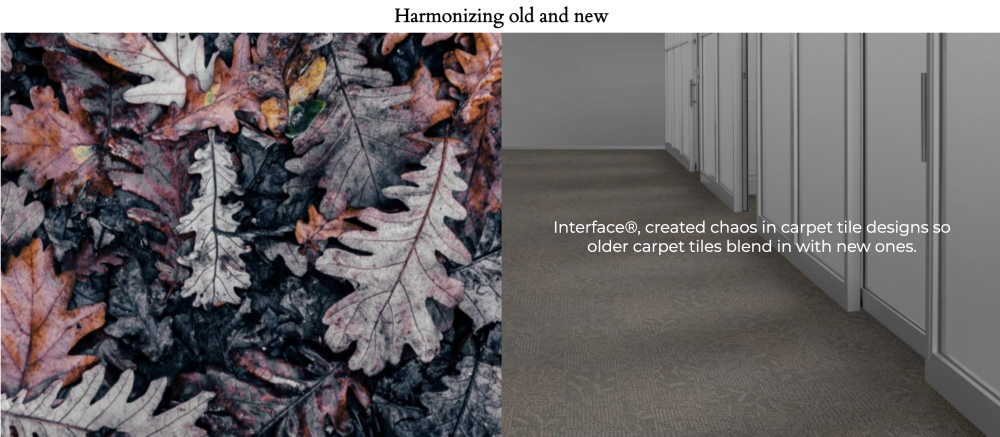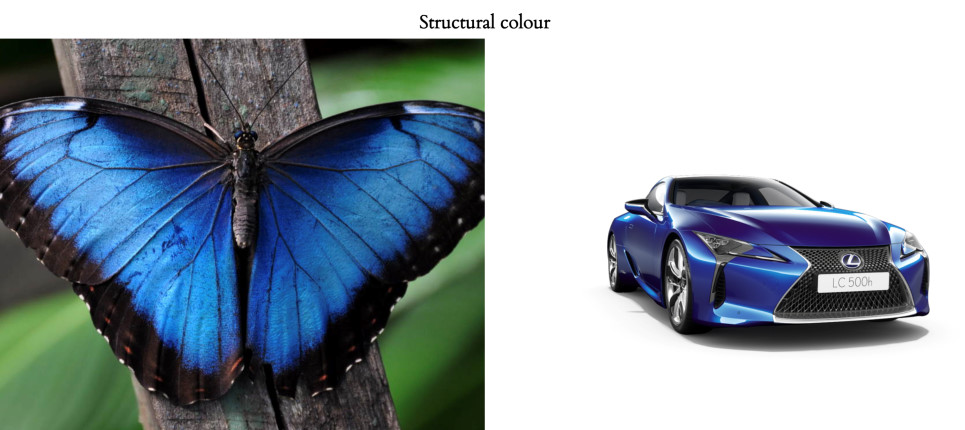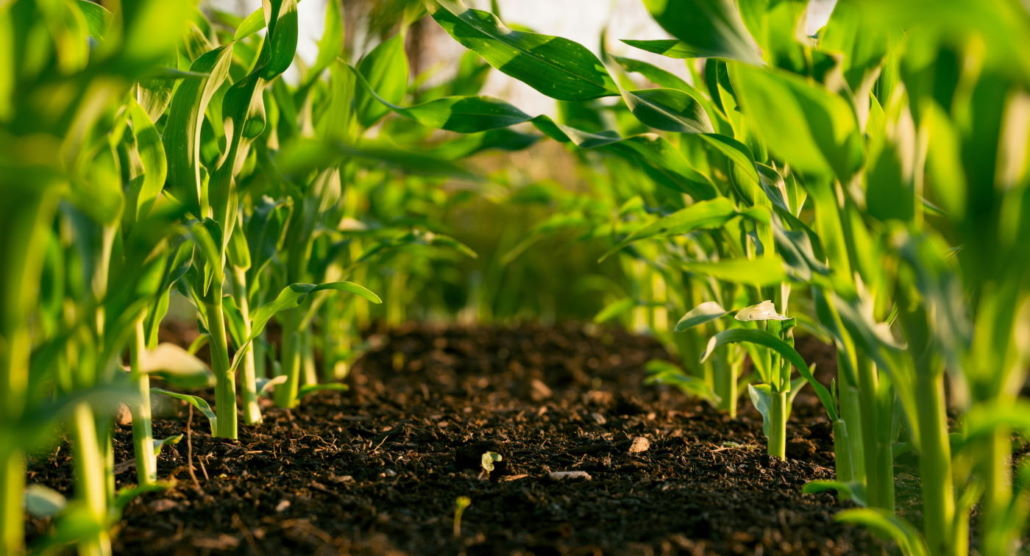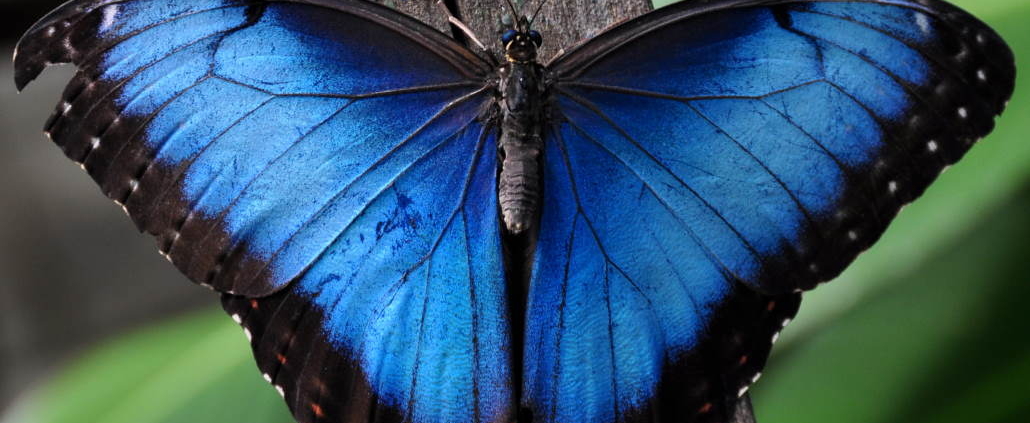What is Nature Inspired Design?
Nature has solved every problem there is in some way.
In its essence, Nature inspired design is about applying what we’ve learned about Nature to the things we design. By observing Nature, we can learn a lot about how to build better products for transportation, energy production, architecture, agriculture, and more. After all, our planet is filled with life that has billions of years of design experience.
Inspired By Nature: In Nature-Inspired design, everybody owns a piece of the puzzle.
Humans are certainly not the only species capable of innovative design. And design thinking isn’t reserved for just designers. The field of Nature inspired design is interdisciplinary, and relies on researchers, scientists and designers with a range of specialties. Together, they’re able to reverse-engineer Nature to solve human problems in the real world via design inspired by nature.
Biomimicry
Biomimicry is learning about design inspired by Nature and creating products, services and systems that have a net benefit to Nature. To understand Nature inspired design is to understand biomimicry. In fact, the two terms are often used interchangeably.
Biomimicry (or biomimetics) is what guides Nature inspired design, representing the bridge between biology and design principles. Biomimicry offers an understanding of how life functions and thrives on Earth. From there, we can decide where we fit in as people. Nature has a strategy for just about every problem, and it’s evident when you take a look at the diverse plants and animals we have on this Earth. There’s a lot to learn…
How Do I Start?
There are 2 ways to engage in Biomimicry Design Thinking. Challenge to Biology is when you have a problem and you look for a solution in Nature’s models. Interface flooring consistently takes this approach in redesigning everything from their tiles to their factory asking How would Nature solve the problem?

Biology to Design is when you find something really brilliant inspired by Nature, and you want to apply it to human built designs. An example of this is the many products that have been inspired by the scales on butterfly wings that create colour without pigment. The new Lexus Coupe uses this technology for a paint that is gentler on the planet.

To learn more, be sure to check out this free resource on Biomimicry Thinking.
According to the Biomimicry Institute, there are three essential elements of biomimicry:
- Emulate: Doing research and learning from Nature to create better and more sustainable design for society.
- Ethos: The philosophy of understanding how life works, and designing things that support life.
- (Re)Connect: The idea that we humans are part of Nature, and that by using biomimicry to influence design, we are re-connecting with our natural world.
The Design Process
Nature inspired design and biomimicry is much more than just using ideas from Nature to build more sustainable products. It redefines our entire thinking and researching process. Below is the 5-step design thinking process used by the Hasso Plattner Institute for Design at Stanford University.
- It all starts with step 1 – empathize. Here we stop to empathize with all life forms, and include them as stakeholders in our process. All stakeholders must be considered. How will they be affected?
- The second step is to define the question we’re curious about. What are we researching? What would we like to know? When looking at a Nature inspired design problem, we’ll probably ask something like “How does Nature solve ___”?
- Next, we ideate. This is where we gather research and ideas from Nature itself. As we think about and design strategies, Nature should be the prime inspiration.
- Step 4 is for prototyping – where we bring Nature inspired ideas to life for the first time.
- The fifth and final step is where testing happens. Not only are testing to see if the Nature inspired design is effective and better than what was available before, it’s also the time to test for sustainability. Is it conducive to life? Does it follow Nature’s patterns?
As in any design process, expect many rounds of testing. In that case, return to step 3 – the ideation phase, and start again by re-visiting the design strategies.
Using Nature Inspired Design to Solve Problems

In just about any industry, we can use Nature inspired design to solve problems and design better products. But it’s not just about creating better products. The ethos of Nature inspired design is geared toward sustainability – making products conducive to life and longevity.
Here are some of the industries and areas that have benefited from Nature inspired design:
- Farming
The Biomimicry Institute’s Food Systems Design Challenge produced some interesting ideas – some of which have already seen commercial success. Felipe Hernandez Villa-Roel was a finalist for his product called Hexagro. It started with an idea to help people living in small urban spaces to grow pesticide-free food at home – as efficiently as possible. This idea is inspired by the beehive. It can drastically reduce CO2 emissions and cut water consumption by 90% (compared with traditional farming).
- Water Systems
In 2005, the University of California at Davis was experiencing algae bloom in their open-air reservoir, due to the changing temperature of the water leaving the ground then settling above. Instead of relying on chemicals or retrofitting, Jay Harman was contracted to look into the issue. Inspired by the patterns and proportions of the Calla Lily, Jay’s solution was able to homogenize the entire one million gallon reservoir so algae could no longer grow – all without using any fossil fuels.
- Architecture
The BIQ Building (AKA the Algae House) in Hamburg, Germany is helping set the bar for sustainable architecture. The panels of the building are not only required for the building’s structure, but they’re used as biofuel. Filled with algae, these panels absorb natural light, warms the water inside the building, and cuts utility expenses.
- Transportation
The original Japanese Shinkansen Bullet train is perhaps one of the more well-known examples of Nature inspired design. The early trains could travel in excess of 180 mph, but they made loud booming sounds that caused structural damage. Inspiration for design improvements came from the kingfisher, a bird that hunts by diving into the water to grab little fish all while causing very minimal splash. As a result of the Nature inspired design upgrade, they were able to eliminate the booming sound, while the trains could travel faster with less electricity use.
- Sanitation
In countries where access to water is limited, dry toilets are a solution worth exploring. There are several issues with dry sanitation, but Nature can help. In a paper published in 2015 by researchers at Oxford University and the Technical University of Denmark, they found various sources of inspiration from Nature that could be applied to dry sanitation to help with the issues of smell, cleaning and flies. There are bird nestlings that wrap their feces in a biodegradable membrane – this helps solve the smell issue. The animal eyeball cleaning principle addresses the cleaning problem. Finally, the pitcher plant offers a solution to the fly issue.
The list goes on…
NatuR&D exists to track towards a world where designers, architects, engineers, artists and creatives see Nature as their ally and inspiration for solving today’s most depressing challenges. From packaging to climate change, Nature is the go-to guru. If your team is looking for it’s next edge in innovation, NatuR&D is here to support you with biomimicry thinking R&D. What problem do you want to solve?
